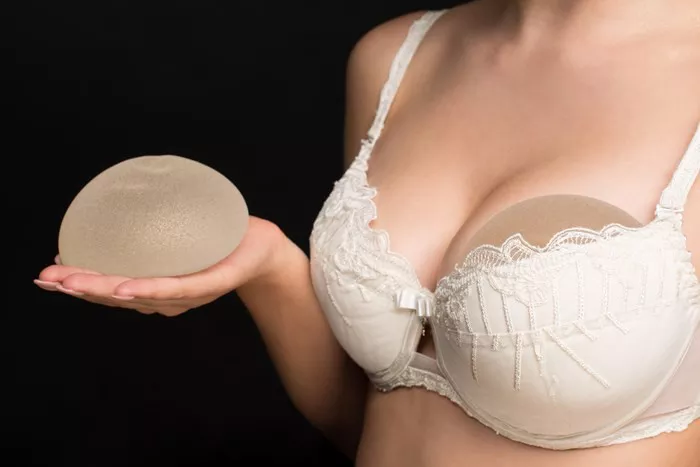Breast augmentation with implants is a popular cosmetic procedure that can enhance the size and shape of the breasts. Over time, individuals may wonder what happens if breast implants are not replaced. In this article, we will explore the potential consequences of not replacing breast implants and the long-term considerations and risks associated with this decision.
The Lifespan of Breast Implants
Breast implants are not considered lifetime devices and are not expected to last indefinitely. While modern implants are designed to be durable, they are subject to wear and tear over time. The lifespan of breast implants can vary depending on various factors, including the type of implant, the surgical technique used, and individual factors such as age, lifestyle, and changes in weight.
Potential Risks and Considerations
When considering the decision to not replace breast implants, it is important to be aware of the potential risks and considerations:
-
Implant Rupture or Leakage
Over time, breast implants may develop a rupture or leakage. This can occur due to natural wear and tear, trauma, or other factors. If saline implants rupture, the saline solution is harmlessly absorbed by the body. However, if silicone implants rupture, the gel may leak into the surrounding tissues. While silicone gel is generally not harmful, it can lead to local complications and may require surgical intervention to remove the implant and address any silicone leakage.
-
Changes in Breast Appearance
Over time, breast implants may undergo changes in shape, position, or size. Without replacement, individuals may experience changes in breast appearance, such as sagging or a less desirable aesthetic outcome. This is especially true for individuals who have had breast implants for a longer period or experienced significant weight fluctuations.
-
Capsular Contracture
Capsular contracture is a potential complication that can occur when scar tissue forms around the breast implant. In some cases, this scar tissue may tighten and compress the implant, resulting in breast firmness, discomfort, and changes in appearance. If not addressed, severe capsular contracture can lead to pain and distortion of the breast shape.
-
Implant Malposition or Displacement
Without replacement, breast implants may shift or become malpositioned over time. This can result in an asymmetrical appearance or changes in breast shape and contour. In some cases, additional surgical procedures may be required to correct implant malposition.
-
Aging and Natural Changes
As individuals age, the breasts naturally undergo changes, such as loss of volume, skin laxity, and changes in breast shape. Without replacing breast implants, these natural changes may become more pronounced, potentially affecting the overall appearance of the breasts.
-
Health Monitoring
Regular follow-up and monitoring are important for individuals with breast implants. Routine mammograms, breast examinations, and imaging studies may be necessary to ensure the ongoing health of the breasts and detect any potential complications, such as implant rupture or changes in breast tissue.
Making an Informed Decision
The decision whether or not to replace breast implants is highly personal and should be based on individual considerations, in consultation with a qualified plastic surgeon. Factors that may influence this decision include:
- Overall Satisfaction: Assessing your overall satisfaction with the appearance and feel of your breasts is essential. If you are satisfied with the results and experiencing no significant issues, you may choose not to replace your breast implants.
- Age and Lifestyle: Your age and lifestyle may also play a role in the decision-making process. For instance, older individuals may be less concerned about maintaining implant longevity, while younger individuals may prioritize longer-lasting results.
- Health and Well-being: Consider your overall health and well-being. If you are experiencing symptoms or complications related to your breast implants, replacement may be necessary to address these issues.
- Desired Aesthetic Outcome: If you desire to maintain a specific breast size, shape, or appearance, replacement may be necessary to achieve your aesthetic goals.
Consulting with a Plastic Surgeon
It is crucial to consult with a board-certified plastic surgeon who specializes in breast augmentation and revision surgery. A skilled surgeon will assess the condition of your current breast implants, discuss your concerns and goals, and provide guidance on whether replacement is recommended or necessary.
During the consultation, the surgeon will evaluate the integrity of the implants, assess any potential complications or changes, and discuss the best course of action based on your individual circumstances. They will consider factors such as implant type, size, shape, and surgical techniques that align with your goals and minimize potential risks.
Conclusion
The decision of whether or not to replace breast implants is a personal one and should be based on a thorough understanding of the potential consequences and risks. While breast implants are not expected to last a lifetime, the timing for replacement varies for each individual. Regular follow-up with a qualified plastic surgeon is crucial for monitoring the condition of the implants and addressing any concerns or complications. By making an informed decision in consultation with a skilled surgeon, individuals can prioritize their health, well-being, and desired aesthetic outcomes.


